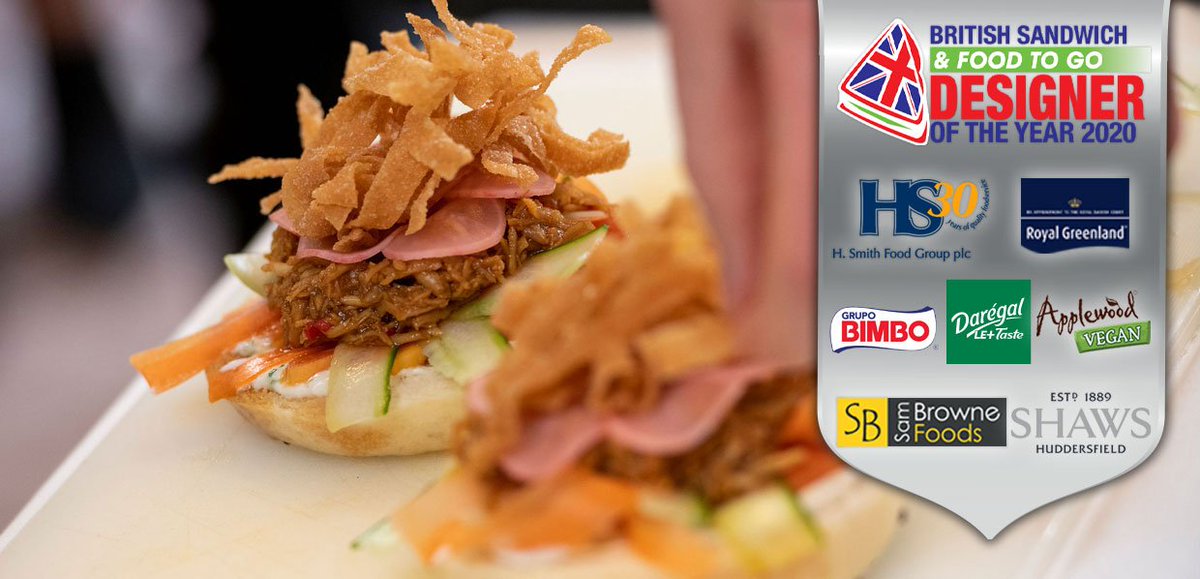1. Since I care about all kinds of design, I was excited to discover this sandwich design competition by @BritSandwich! But there are problems, as you can see. #designmtw 

2. Of course people argue about "what is a sandwich" and I'm on the side that if it's open faced, it's reaaaally not a sandwich but that's besides the point.
The main design issue is usability: how do you eat this without it going all over the place?
The main design issue is usability: how do you eat this without it going all over the place?

3. This seems trivial, but food that is impossible to eat without making a mess has design problems.
As does food that really shouldn't need a knife and fork, like a hamburger, but is so overloaded or tall that it can't legitimately be held.
As does food that really shouldn't need a knife and fork, like a hamburger, but is so overloaded or tall that it can't legitimately be held.

4. It's a classic "design to sell" vs. "design to use" problem - it sounds great & might look interesting at first but it's not a sandwich anymore. It's more like casserole out of its pan.
I'm not making a categorization argument: some "food" isn't designed to eat. Not really.
I'm not making a categorization argument: some "food" isn't designed to eat. Not really.
5. I'm from NYC so of course I have opinions about Pizza.
Say what you will about NYC vs. Chicago, but one is designed to be easy to eat and even walk with. Travolta eats two in Saturday Night Fever.
It becomes a sandwich, by design. No forks, no plates. No confusion.
Say what you will about NYC vs. Chicago, but one is designed to be easy to eat and even walk with. Travolta eats two in Saturday Night Fever.
It becomes a sandwich, by design. No forks, no plates. No confusion.

6. How do you eat this? What is the design intent?
Nachos are based on "chip delivery of other food items." But this one is like JENGA - try to extra a chip without making a mess by toppling the tower, reinsert and then eat.
(a loaded chip is an open faced Sandwich, no?)
Nachos are based on "chip delivery of other food items." But this one is like JENGA - try to extra a chip without making a mess by toppling the tower, reinsert and then eat.
(a loaded chip is an open faced Sandwich, no?)

7. There are exceptions: when it's clear you will be eating with your hands and it will be messy.
Example: Crab boils where you get bibs, hammers, crackers (shown - a cool design on it's own) etc.
There's no pretense and no pretending to be a sandwich either. Thumbs up.

Example: Crab boils where you get bibs, hammers, crackers (shown - a cool design on it's own) etc.
There's no pretense and no pretending to be a sandwich either. Thumbs up.


• • •
Missing some Tweet in this thread? You can try to
force a refresh














